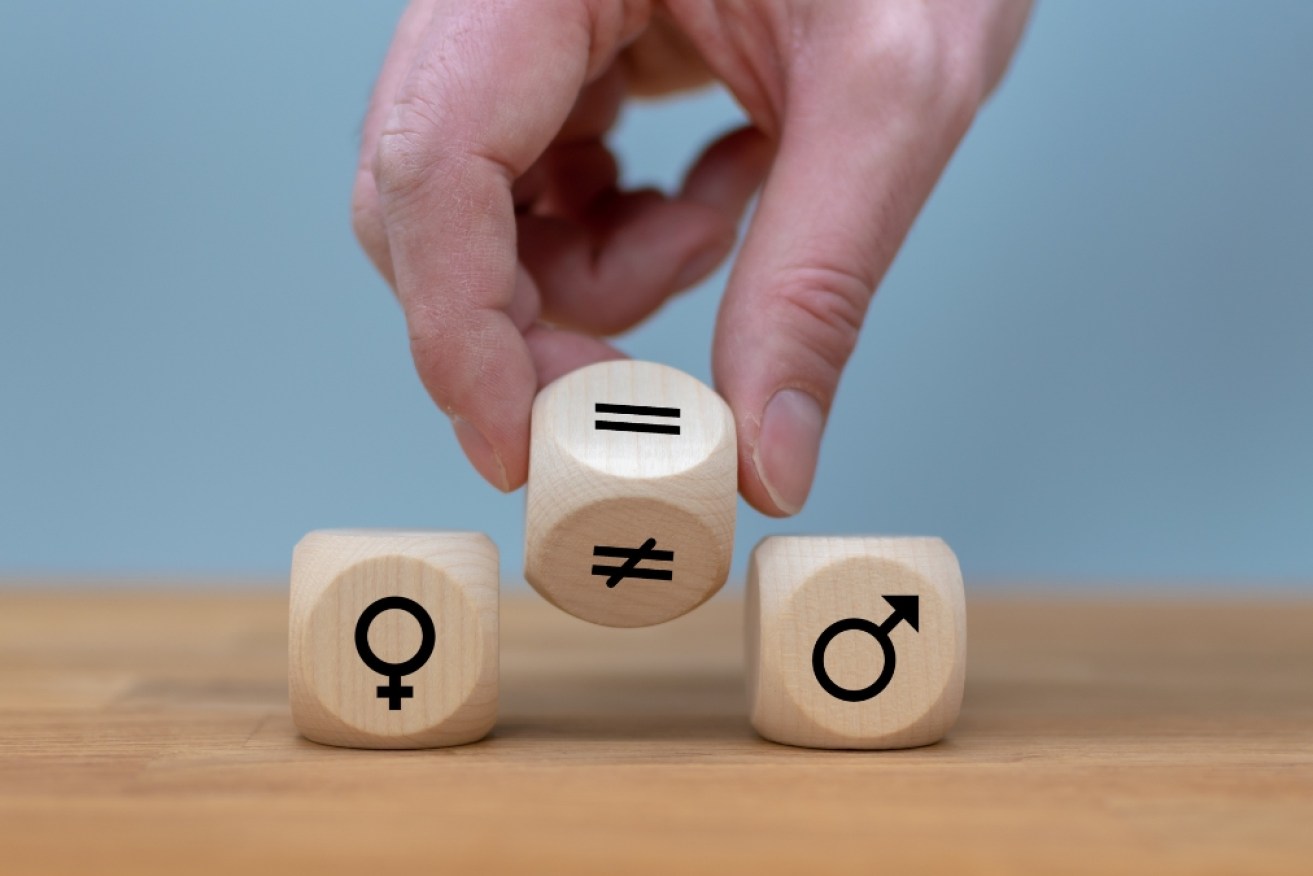Lessons from the gender pay gap transparency


All is not equal in Australian pay, which was recently revealed for many workplaces. Photo: Getty
Last week, the Workplace Gender Equality Agency (WGEA) published the details of the gender pay gaps that exist in the Australia’s largest employers – those with 100 or more employees.
Prior to February 27, previous gender pay gap details based on data reported by employers had been published, but this is the first time the individual employers were named and – in some cases – shamed.
The greater transparency comes as a result of amendments to the Workplace Gender Equality Act last year which now not only require employers to submit gender pay data to WGEA, but also allow WGEA to then publish details of that data and the employers it relates to.
Although in one sense it might be that the naming of individual employers will have its own regulatory effect – motivating them to do more to ensure that they aren’t at least among the worst performers – the real value in the greater detail and transparency is the opportunity it provides to gain a better understanding of the systemic issues that result in the stubborn, and currently perpetual, pay disparity between men and women.
Not all data is created equal
Speaking in support of the amendments in Parliament last year, Senator Marielle Smith said: “Data matters, how we collect data matters and how we require companies to come to the table with data matters.”
To coin a phrase, data ain’t just data, and the numbers are only as helpful as the picture they can paint, because when it comes to statistics that relate to complex workplace matters, the devil is very much in the detail.
Take the traditionally reported headline gender pay gap figures for example. There are usually two data sets that are reported on to reflect the statistical pay gap between men and women across the Australian workforce.
The first figure was most recently reported by WGEA at 14.5 per cent. The second figure reports a gender pay gap of 19 per cent.
Both figures are reported together and relate to the same time period, but the difference between those two figures, both purporting to represent the same problem, are in a sense some miles apart.
Why? The reason is because of the underlying information relied upon to generate the figures. That is, the information that goes in and sits behind the resulting figure. The first set is the gender pay gap without overtime, bonuses and incentives.
The second set is the gender pay gap when overtime and bonuses are included.
Two substantially different numbers representing the same issue, at the same time.
The first inference that one might draw from that is that women have more difficulty accessing overtime and bonuses. Another might be that women are less likely to work overtime. Both considerations are valid, and more detail helps us get closer to the real cause.
More transparency, better solutions
Of the new data reporting requirements, WGEA says that it provides details that “will better inform employers and employees of the actions needed to address drivers of gender inequality at an organisational level”.
And, following the release of the data on February 27, the AFR reported last week that “Family choices explain part of gender pay gap, say bosses”, sentiment that was also put forward by Greens Senate leader Barbara Pocock when speaking in favour of the gender pay gap amendments last year, who said at that time “Women’s pay is lower because they take time out of the labour market to take care of others”.
For some that might seem like an employer’s explanation verging on an excuse, but the availability of more comprehensive and detailed data will help committed employers and policy makers identify the issues more precisely, and consequently, develop more targeted and appropriate solutions.
It also assists to dispel any other misconceptions about what the headline figures represent, and where the problems really are, as it is easy to assume – as many do – that when we talk about a gender pay gap with a single figure it might represent the amount that women get paid in comparison to men for the same job.
By drilling down into the numbers though, we can see that is generally not the case, and that the broad systemic issue that really holds the divide is the fact that women are, statically speaking, not getting access to the higher-paying jobs at the same rate which men do.
This is shown clearly by the under-representation of women in highly paid senior positions across all sectors, and in high-paying industries such as construction, where the total remuneration gender pay gap sits at a staggering 31.8 per cent.
Progress is generally well supported
In discussion with business leaders both privately and publicly, it seems that there is genuine and broad support for progress on the gender pay gap issue.
The problem seems to be more strongly rooted in the inability to find a solution rather than a lack of desire to do so.
With the structural shift in awareness that will be brought about now by the additional data reporting requirements, progress will be aided with information that enables a focus on the true anatomy of the issue, rather than a continuation of some of the more blunted responses that have come in its absence.
Scott Riches is a former union official with the Electrical Trades Union Victorian branch, and a practising employment lawyer. He is also a volunteer in the employment clinic at the Fitzroy Legal Service








